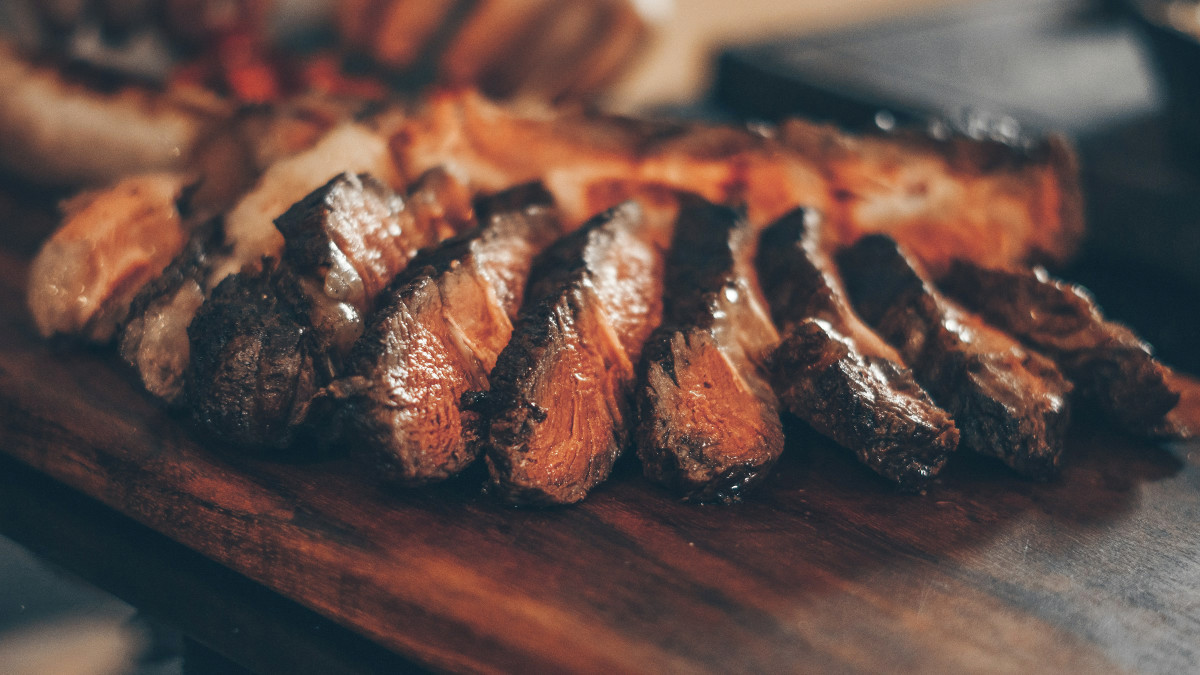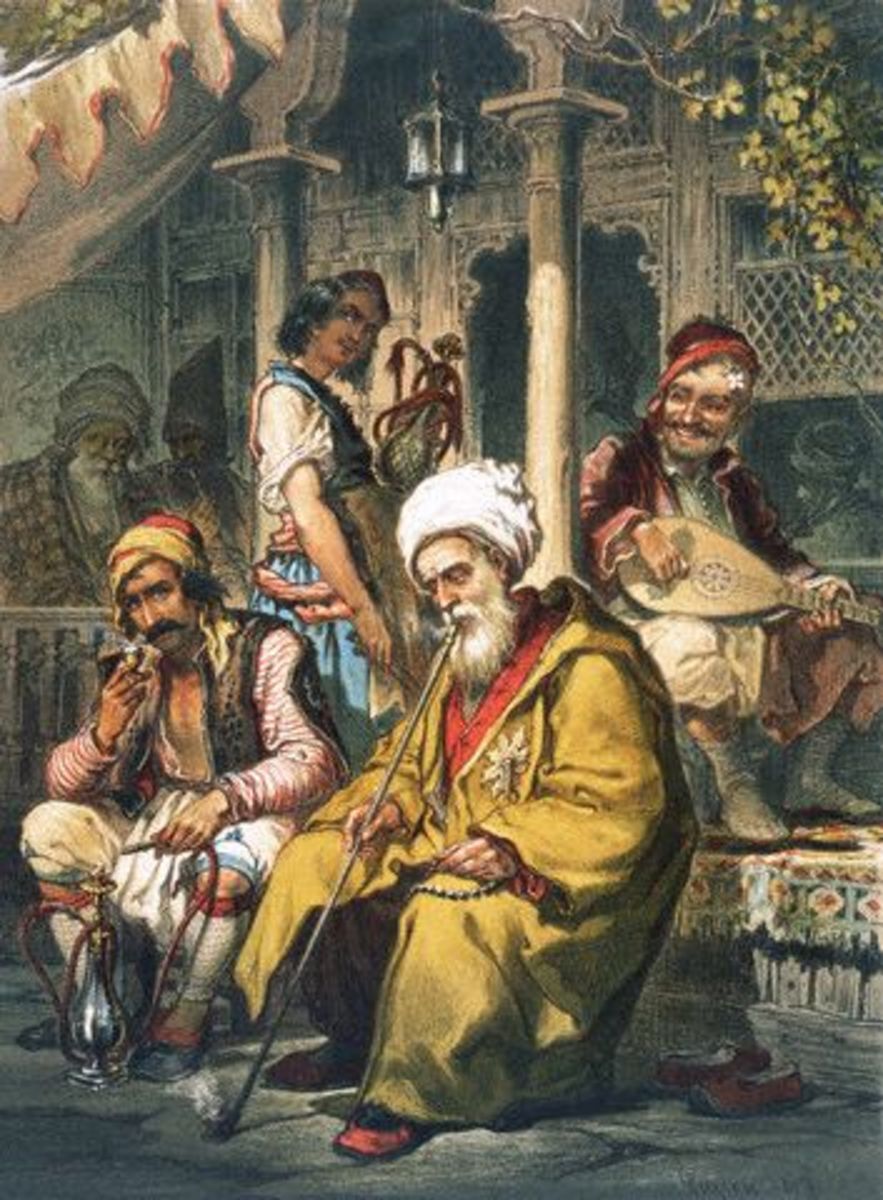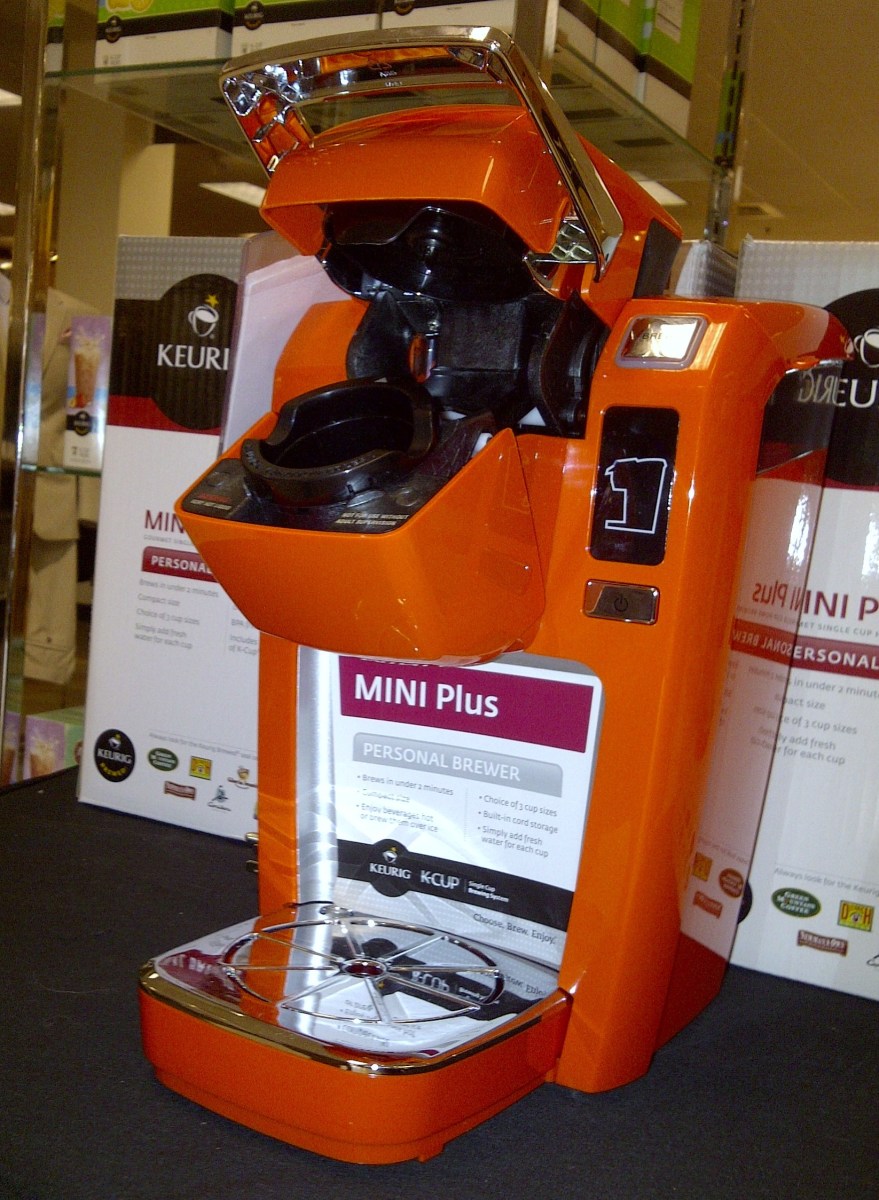- HubPages»
- Food and Cooking»
- Beverages»
- Coffee
Coffee Drinking and Travel Around the World
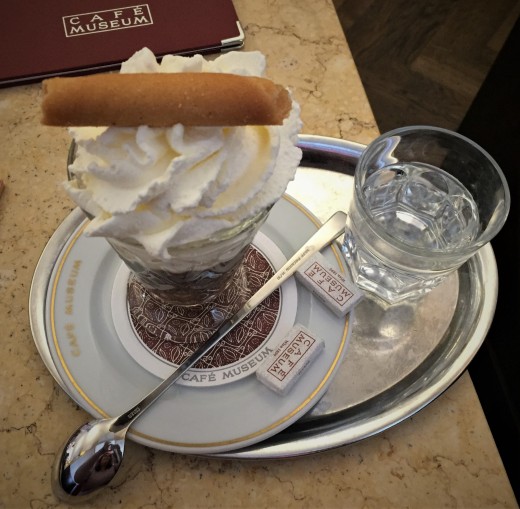
Coffee, a drink that has become the most popular beverage in the world has also become part of many misconceptions. Its popularity spread to countries considered to be tea-drinking such as China and Great Britain. Its distinct flavors mean that many countries can make this drink their own. There are different flavors of coffee in Europe than for example Indonesia where rich Sumatran and Javan flavors are common.
One of the biggest consumers of coffee in the world is the US that also has the largest presence in the world due to coffee chains such as Starbucks that appear almost everywhere around the world although the creamy-like textures and floral aromas of Colombian coffee are also known around the world, being also the most popular coffee blend around the world.
Brazil produces the largest quantity of coffee in the world and Brazilian coffee is also in high demand in other South American countries such as Chile. Its strong competitor is Peru which produces the largest amount of organically grown coffee in the world.
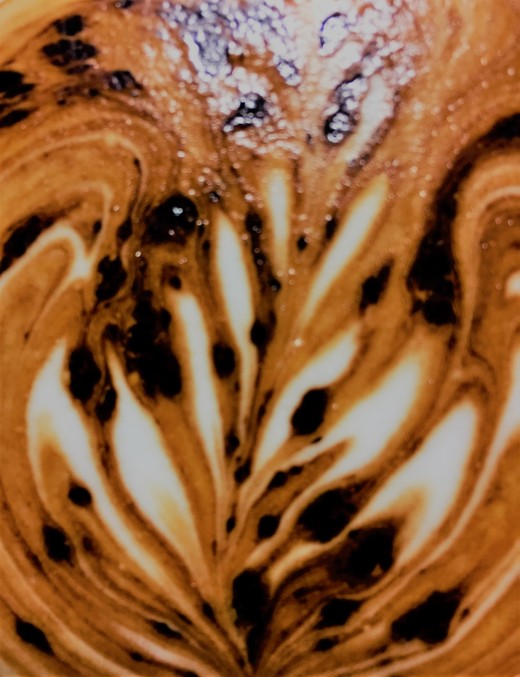
The Best Coffee in the World and Coffee Flavors
The notion of the "best" coffee in the world is subjective and depends on personal preferences, including taste, aroma, and texture. There are several regions globally renowned for producing high-quality coffee beans due to their favorable growing conditions, such as altitude, climate, soil, and cultivation techniques. Some of these regions include:
Ethiopia: Known as the birthplace of coffee, Ethiopia produces a wide variety of coffee beans with unique flavors and aromas, often characterized by floral, fruity, and citrus notes.
Colombia: Colombia is famous for its smooth, well-balanced coffee with medium acidity and a rich flavor profile. Colombian coffee is often described as nutty, chocolaty, and slightly fruity.
Costa Rica: Costa Rican coffee is celebrated for its bright acidity, full body, and complex flavor profile, which can include notes of citrus, honey, caramel, and tropical fruit.
Jamaica (Blue Mountain): Jamaican Blue Mountain coffee is prized for its mild flavor, bright acidity, and smooth, creamy texture. It often features subtle floral and nutty undertones.
Panama (Boquete): Panamanian coffee, particularly from the Boquete region, is known for its exceptional quality, with a delicate flavor profile, bright acidity, and floral and fruity notes.
Kenya: Kenyan coffee is renowned for its bold, complex flavor profile, characterized by bright acidity, wine-like sweetness, and fruity, sometimes citrusy, undertones.
Brazil: As the largest coffee producer globally, Brazil produces a wide range of coffee beans with diverse flavor profiles. Brazilian coffee is often known for its nutty, chocolaty, and mildly sweet taste.
In Europe, traditionally one of the most recognized coffee-drinking countries is Italy with its unique coffee culture. Its high-quality coffee blends make Italy the strongest competitor. Drinking coffee in Italy is part of customs and traditions, where the morning routine often involves standing and drinking it at the bar. Despite such popularity, it is Scandinavia where the largest amount of coffee is drunk per capita.
How Coffee Tastes are Created?
Coffee taste depends on how it is ground. Various methods of grinding coffee can produce coarse, very fine powder or uneven coffee. The most finely ground coffee is Turkish coffee.
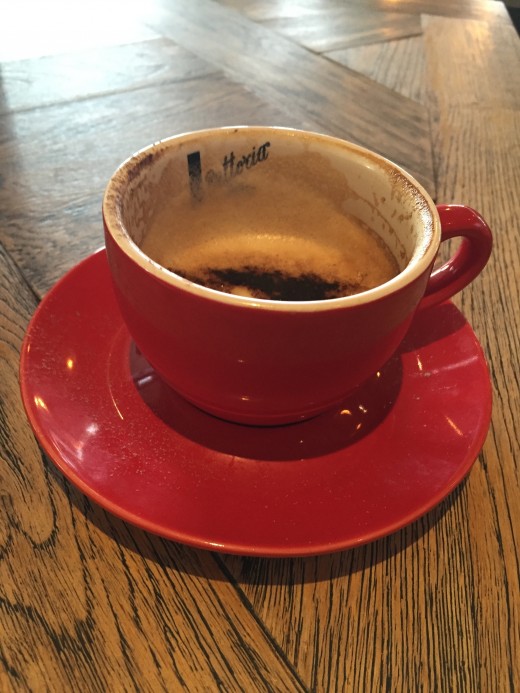
Coffee Tastes Around the World
Coffee has distinct flavors and tastes around the world. The same cappuccino in the US will be made differently in Australia or Italy. Italian cappuccino may have no chocolate on top which is also quite common in the US, contrary to how it is served in Australia.
Coffee drinking is on the rise along with its various types and styles. Even though in Australia Italian brands such as Lavazza, Vittoria, and Zegafredo dominate, there is a unique coffee culture here with its very own flat white coffee.
History of Coffee
The first person to describe coffee was Leonard Rauwolf, even though the first coffee house in Europe was opened in Venice. This introduction has led to the endless pursuit of the perfect coffee, where Italian coffee is associated with quality.
Coffee reached Europe through various routes, primarily through trade and cultural exchange during the Age of Exploration and colonial expansion. Coffee arrived there through various cultural diffusions.
Coffee is believed to have originated in the region of present-day Ethiopia, where it was first cultivated and consumed by indigenous populations. Legend has it that Ethiopian shepherds discovered the energizing effects of coffee beans after observing their goats becoming lively and energetic after eating them.
By the 15th Century, it spread to the Arabian Peninsula, particularly to Yemen. Coffee became an integral part of Arab culture, with coffee houses (known as qahveh khaneh) serving as centers of social activity and intellectual discourse.
Coffee was introduced to the Ottoman Empire (present-day Turkey) in the 16th century, where it quickly gained popularity. The first coffeehouse in Istanbul, known as Kiva Han, opened in 1475. Coffeehouses became important social institutions, serving as gathering places for intellectuals, merchants, and locals.
Coffee was introduced to Europe through trade with the Ottoman Empire. Venetian merchants are credited with bringing coffee to Europe in the late 16th century. Coffee quickly gained popularity among the aristocracy and elite classes in Venice, where the first European coffeehouses (known as "botteghe del caffe") were established.
When coffee became popular, it rapidly spread across Europe during the 17th century. Coffeehouses began to proliferate in major cities such as Paris, London, Amsterdam, and Vienna, serving as hubs for social interaction, intellectual exchange, and business meetings.
Also, European colonial powers played a significant role in the global spread of coffee cultivation. Coffee was introduced to colonies in the Americas, Africa, and Asia, where it became a lucrative cash crop. Countries such as France, the Netherlands, and England established coffee plantations in their colonies, contributing to the expansion of coffee production worldwide.
Overall, coffee's journey to Europe was facilitated by trade networks, cultural exchange, and the establishment of coffeehouses as social institutions. Its popularity soared, shaping European culture and social customs while fueling a global industry that continues to thrive to this day.
Coffee created distinct cultural meanings and connections. In some countries it can be part of being modern, in others it can connect people with tradition or art. Cafe Museum in Vienna still serves the same type of coffee Mozart used to drink. It also delivers a unique experience of the 1930s furniture design along with a uniquely smooth coffee that blends with the particular elegant atmosphere of this place, where Cafe Museum has also become many artists' favorite meeting place.
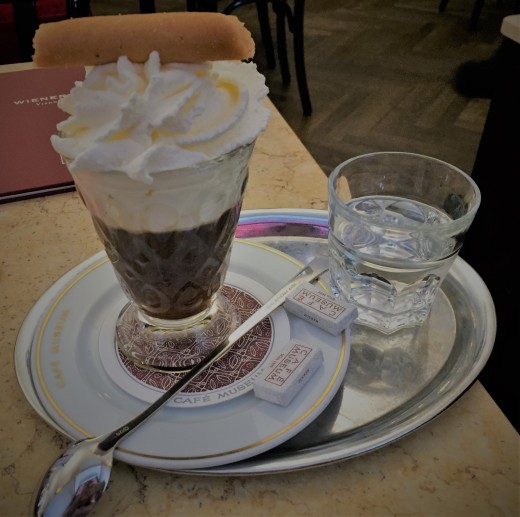
Coffee drinking in Vienna reveals how cultural life is entrenched in various aspects of life in Austria. As Mozart became an important figure in Vienna's arts and culture, many places were influenced by his heritage. There are Mozart coffees served in various cafes, including Mozart Cafe which also has Mozart cakes and Mozart napkins.
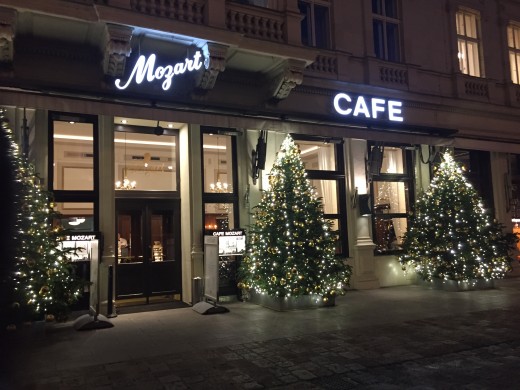
Various other historical associations can be shared via coffee in Vienna. So-called Imperial and Royal (K.u.K.) coffee can be tasted in a restaurant at Piaristenkeller Strassethat also serves Maria Theresa coffee along with the food the royals ate. You can taste the royal coffee there as well as food and wine, revisiting the royal past through a guided tour.
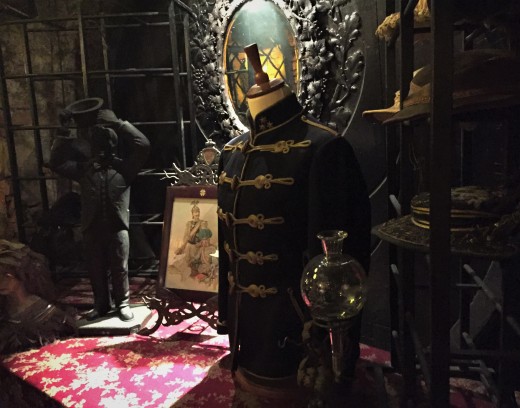
Coffee drinking in Central Europe
Coffee culture has been poor during communism. In countries such as Poland, there was a coffee shortage at the time. Following the collapse of communism, coffee drinking resumed, although Poland has always been more of a tea-drinking country and coffee received less attention.
There is quite good, mainly Italian coffee in various coffee hot spots. Coffee can feature additives such as maple and hazelnut syrup in maple leaf coffees in cities such as Krakow or popcorn coffees where popcorn is added.
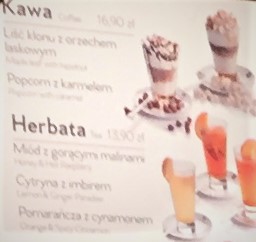
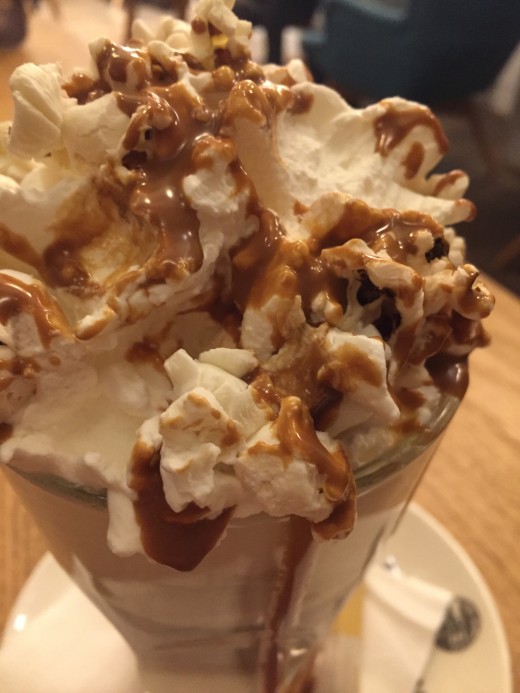
Coffee in the Czech Republic
In Czechia (the Czech Republic), former Czechoslovakia, coffee was not widely available during communism, because many cafes were closed. Czech people started drinking this beverage only in the 18th century, a bit later than was the case in other European countries, but once they embraced it, it became more popular than in countries such as Poland. As coffee was scarce during communism, people had to be inventive so they created their own brand of coffee called “Turek”. It didn't resemble Turkish coffee but involved simply pouring hot water over coffee grains. Czech people have a preference for a coffee flavor that is aromatic, medium strong, a little sour, or slightly sweet. Czech people drink coffee at least once a day and they don't fancy instant coffees.
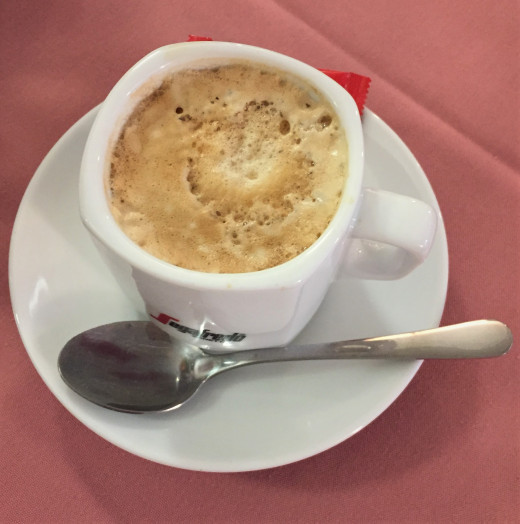
Coffee in Egypt
Coffee, as well as tea, is a great social occasion in Egypt. Coffee is also a drink that has become a habit. You can start a day with a coffee or drink it in the evening. It is similar to Arabic coffee, but in Egypt, cardamom is often added. Other spices, such as cinnamon can also be mixed, but cardamom is the most popular.
And like many things in Egypt, even a coffee can be an adventure. It can be served in a cup or a glass just like in this photograph below.
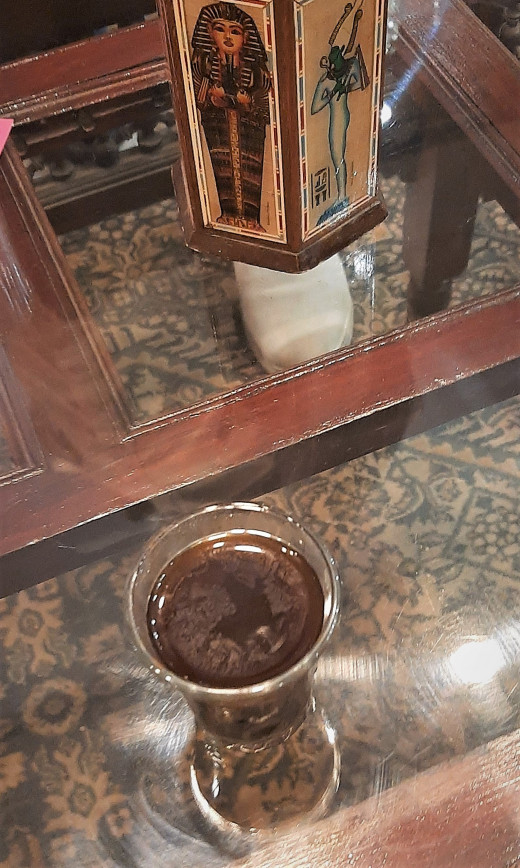
Canary Islands Coffee in Tenerife
Tenerife has a unique cuisine and a unique traditional coffee made only there. Apart from widely available Spanish cuisine, there is also traditional cuisine as well as traditional coffee called barraquito. The barraquito is skillfully made with various layers consisting of condensed milk, coffee, and a liquor, commonly Tia Maria, with added lemon and cinnamon, providing it with a distinctly appealing flavor. It has been a tradition there for at least 100 years. Anyone traveling there and not trying it would miss a lot.
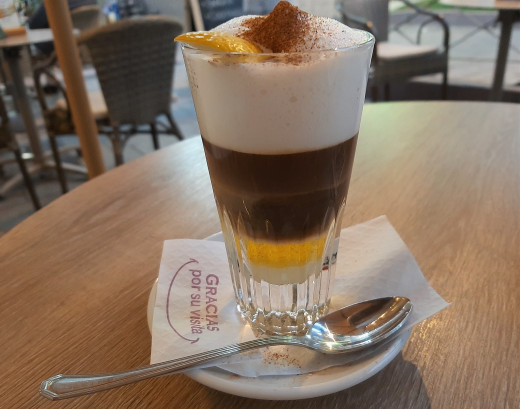
Coffee in Spain
The most popular Spanish coffee type is called cafe con leche or coffee with milk. It has a stronger and richer flavor with a generous amount of milk added, making it distinctly Spanish.
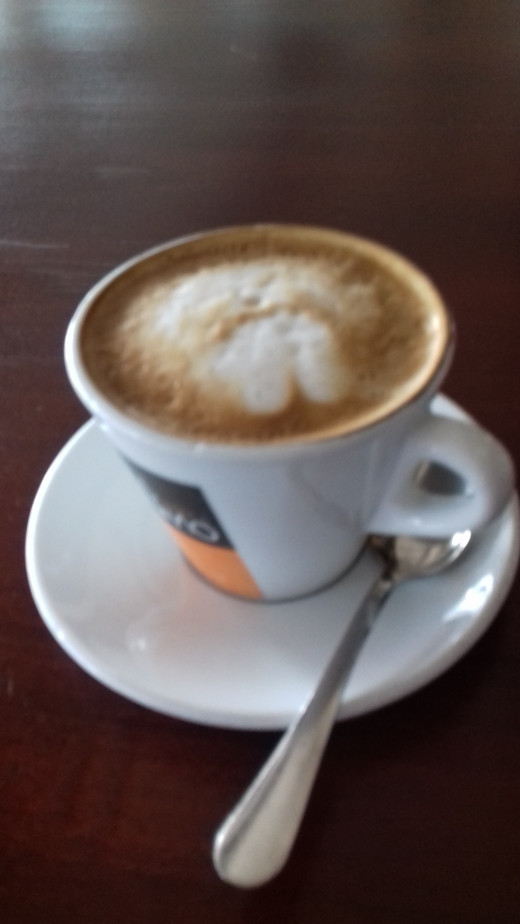
Coffee in Italy
Coffee in Italy is part of a tradition as well as part of a particular region of Italy. Almost every region in Italy has its own coffee flavor while drinking coffee is part of a ritual unrivaled in other countries.
Italians drink different coffee in the morning than in the afternoon, when it is time for a cappuccino or another milky coffee.
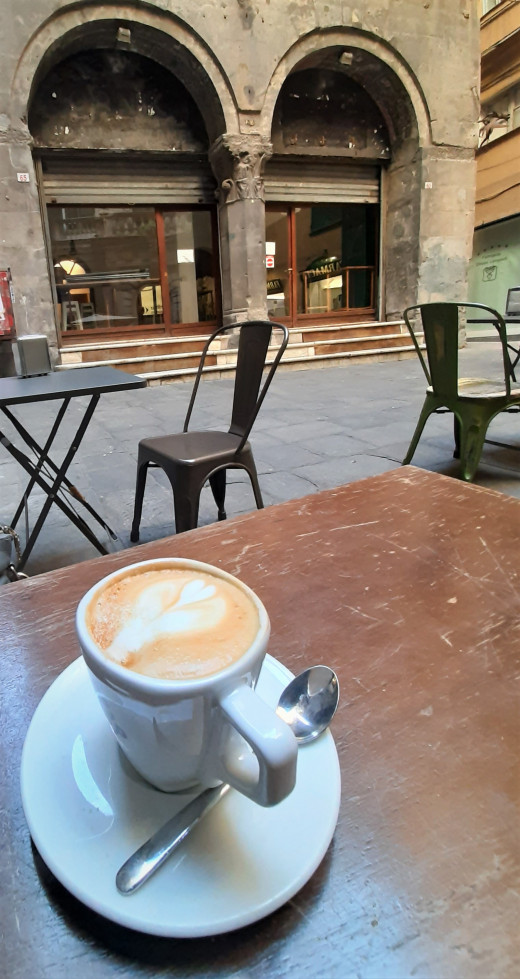
Coffee, in Italy, means espresso. Most often, such coffee is part of the morning routine.
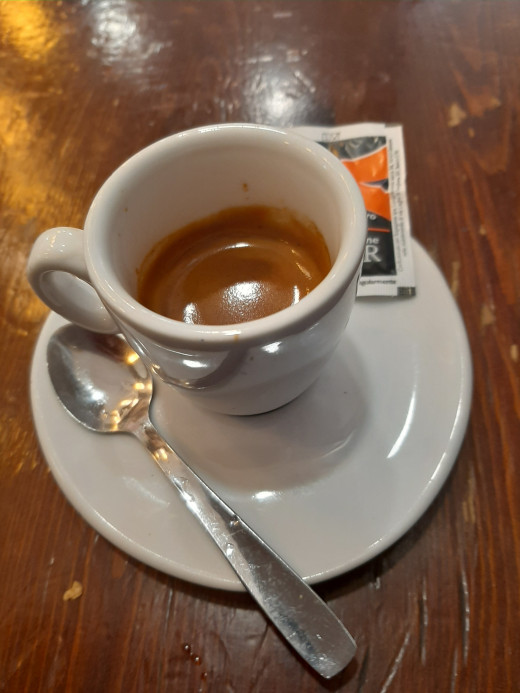
Coffee in Italy signifies regional characteristics. In Liguria, coffee has a rich and somewhat bitter flavor. In the north, in places such as Milan or Bergamo, the flavor is stronger.
In Genoa, for example, the capital of Liguria, tourists can find cafes that offer individually prepared coffee made according to one's preferences that can be chosen from diverse flavors such as Brazilian, Salvadorian, or Rwandan.
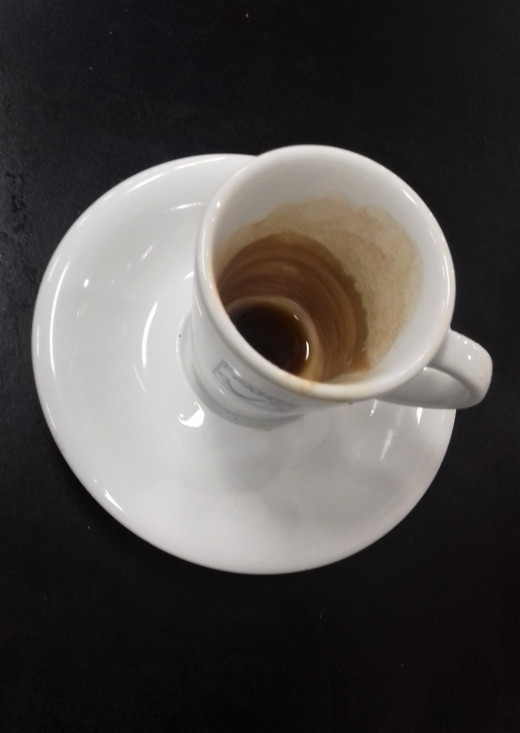
Venice Coffee
Coffee is often also associated internationally with Italian lifestyle and culture. At times, Italians, just like South Americans brought their own flavors to other countries while they migrated.
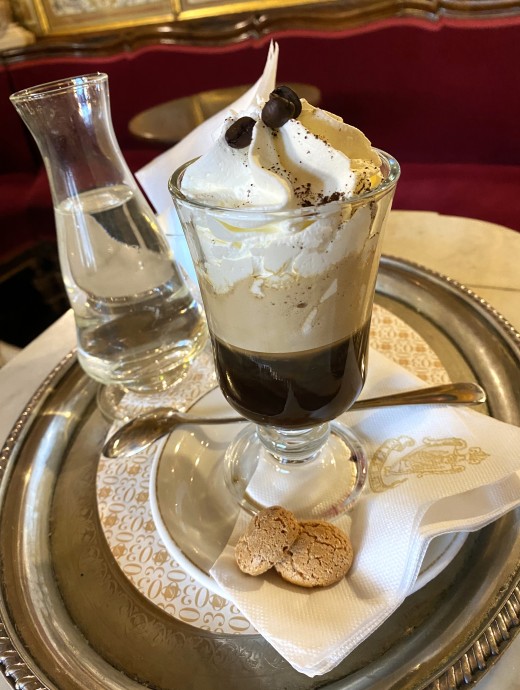
Venezia has its own unique coffee style and flavor that is also made for its vast international clientele, as it is one of the most frequented regions in Italy. Coffee in Venezia, just as in other regions defines not just a specific taste but also represents culture such as family values.
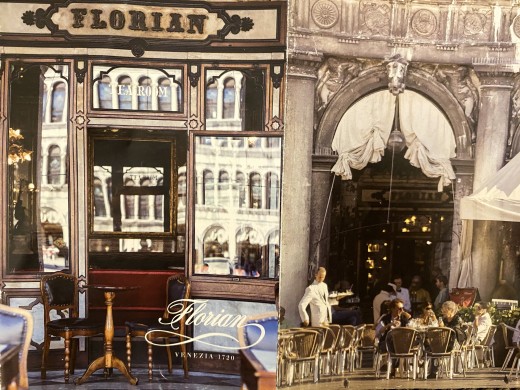
The most recognizable Venitian coffee can be found in Saint Mark's Square. Cafe Florian is more than 300 hundred years old making it the oldest coffee house in Europe. The Florian family has been providing its own carefully prepared flavor that is a balanced mixture of coffee and liquor and can be drunk in the evening to the tune of famous orchestra pieces as well.
Greek Coffee
Drinking coffee in Greece is an experience, as such, it is worth going there just to have a Greek coffee.
Greece is also one of the first countries in Europe, where coffee arrived. It was brought there by the Turkish occupation that started in the 15th century. The Turks influenced Greek food as well as coffee along with the name of the country Greece that was initiated by the Turks. But the Greeks made Turkish coffee their own. As such, Greek coffee has a slight foam on top. It is poured from a somewhat wider bronze kettle than the Turkish used. This is also how we know that we drink traditional Greek coffee.
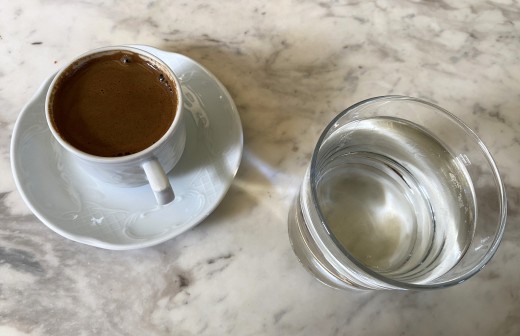
Greek coffee can be ordered in cafes frequented by the Greeks, and not so much by tourists. There is no need to know the Greek language to order it. It can be ordered by simply asking for a Greek coffee in English, as English is commonly known there. When ordering a Greek coffee we also need to specify if we want unsweetened, moderately sweet, or very sweet coffee, as sugar is added during the making of this coffee. When we receive it we should also receive a glass of water. Just as in Italy, if we order a coffee, we may receive an espresso. Greek coffee has a rich but fresh and distinct, unique flavor.

